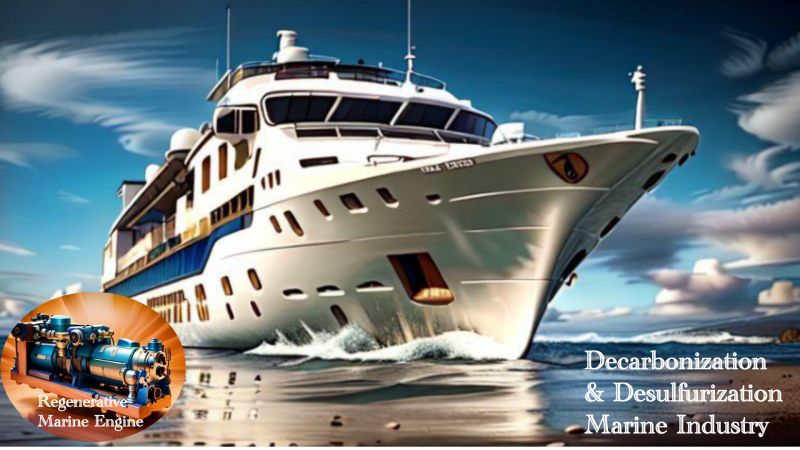Decarbonization and Desulfurization of Maritime Industry
Advanced Renewable
Tue , 12 Mar 2024 17:43 WIB

Since January 2020, the International Maritime Organization (IMO) has implemented strict regulations regarding the sulfur content in ship fuel, from 3.5% to 0.5%. Even in waters that are included in Emission Control Areas (ECAs), this limit is 0.1% which has been in effect since 2015.
One of the impacts of this regulation is that ships must use fuel from the minimum category of very low sulfur fuel oil (0.5% VLSFO), even ultra-low sulfur fuel oil (0.1% ULSFO) or Marine Gas Oil (0.1% MGO), of course everything is more expensive than previous fuels.
Another way is to install scrubbers or an exhaust gas cleaning system so that the ship's exhaust gas meets the IMO regulatory limits even though the fuel is not VLSFO or ULSFO. Apart from the provisions regarding sulfur, the maritime industry must also contribute to reducing CO2 emissions, which is currently the world's focus.
In line with what has been done by the maritime industry, our engineers at the Advanced Renewable Organization (ARO) see other opportunities that can also be done for the maritime industry - which is the backbone of world trade. This opportunity is not only reducing sulfur and carbon, but also reducing the overall need for fuel.
The basic idea is, if ship fuel can be saved by 50-77%, then the cost of shipping goods between islands and between countries will be much cheaper, moreover, even our remote islands will be easier to reach because ships which serves this island can do it with more affordable cost.
How can fuel be saved significantly as mentioned above? With the concept of Regenerative Energy (RE) which I have often uploaded on this media. With this RE concept, ship emissions are fully captured, sulfur and nitrogen contents are separated to become fertilizer raw materials, while CO2, which constitutes the majority of ship exhaust gas, is reprocessed into RE.
Because the size of this ship is generally quite large, it is very possible to install an OCCYRE (Onboard Carbon Cycles for Regenerative Energy) reactor, XH2 (Extra High Hydrogen) reactor, etc. inside the ship. With these reactors CO2 can be reused as fuel for the ship itself.
In this way, ship emissions will disappear completely, there will be no CO2, SOx, NOx and VOC, and the ship will be very fuel efficient. The image below is the work of our engineers at ARO, assisted by AI, to design this emission-free ship, including the appropriate engines to support the concept.
Categories
Renewable Energy






Please register first!
For post a new comment. You need to login first. Login
Comments
No comments